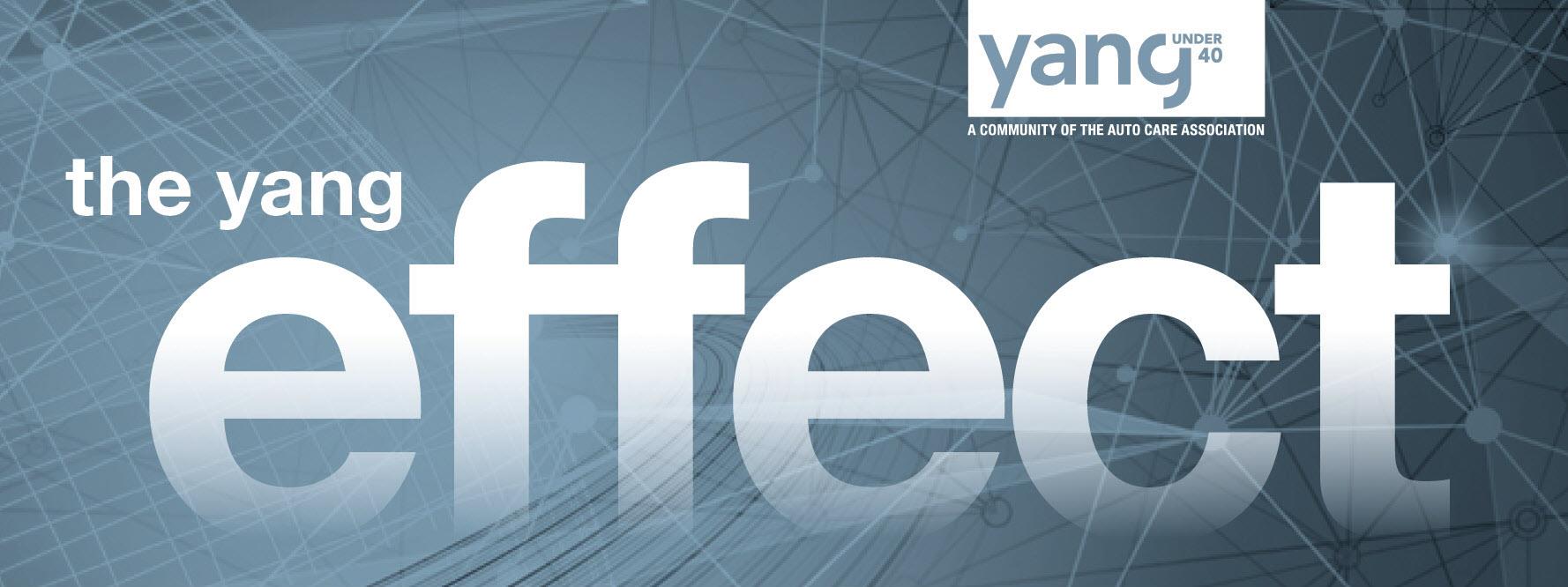
White House Briefing - Port Strikes
The White House Office of Public Engagement invites you to join a virtual briefing on Friday, October 4 at 11:00 AM ET for an update on the strike at East Coast and Gulf Coast ports with senior officials from the White House and the Small Business Administration. To join the briefing, please register at the link below.
White House Briefing on East Coast and Gulf Coast Ports
Friday, October 4
11:00 AM EST
Please RSVP by 9 AM EST on Oct. 4.
Call canceled due to newly announced tentative agreement
Here's the latest on the strike:
The United States Maritime Alliance, Ltd. (USMX) representing ocean carriers and marine terminal operators, released a statement yesterday reaffirming its focus on ratifying a new contract that addresses all key issues. It stated reaching an agreement will require negotiations at the table but that it cannot agree to any preconditions for returning to negotiations.
The International Longshoremen’s Association (ILA) representing longshoremen at the East and Gulf coast ports, released a statement saying that ILA President Daggett has received death threats and harassment after a news article revealed his home.
Vice President Harris has voiced her support for the ILA. “This strike is about fairness. Foreign-owned shipping companies have made record profits and executive compensation has grown. The Longshoremen, who play a vital role transporting essential goods across America, deserve a fair share of these record profits,” Harris said in a statement.
The Congressional Research Service has issued a report outlining the potential economic impact of the labor strike if it were to last more than a few days. Key takeaways from the report include:
- In 2022, East and Gulf Coast seaports accounted for 60% of the import and export containers shipped through U.S. seaports. The West Coast seaports accounted for 40%. East and Gulf Coast seaports accounted for 15 of the top 20 U.S. container ports.
- The strike coincides with the start of the harvest season and the peak season for retail goods distribution in anticipation of year-end holiday sales.
- China is often the leading origin or destination for containerized goods at East and Gulf Coast seaports. Ships trading between these ports and China sail through the Panama Canal, which is slower but less costly than moving the goods by railroad across the United States to/from West Coast ports (referred to as the “landbridge” route).
- Importers and exporters in the eastern United States could turn to the landbridge route, but doing so could be cost prohibitive for lower value-to-weight-ratio cargoes. This ratio is also the obstacle for most waterborne freight using airplanes because air cargo is economical only for the highest value-to-weight-ratio products, such as medical instruments.
- Aviation is also not economical for the quantity of goods transported in ocean containers.
- The Port of Montreal, Canada, is an economic alternative for U.S. Northeast and northern Midwest shippers, but there is also ongoing labor strife at that port. Texas shippers might examine rail connections to Mexican ports.
We'll continue to keep you updated. Please continue to share your port strike impact stories to help support our advocacy efforts on your behalf.

Welcome to the new YANG Effect! Your one-stop quarterly newsletter for all things Automotive Aftermarket contributed to and written by under-40 industry professionals.
More posts

Market Insights with Mike is a series presented by the Auto Care Association's Director of Market Intelligence, Mike Chung, that is dedicated to analyzing market-influencing trends as they happen and their potential effects on your business and the auto care industry.
More posts
